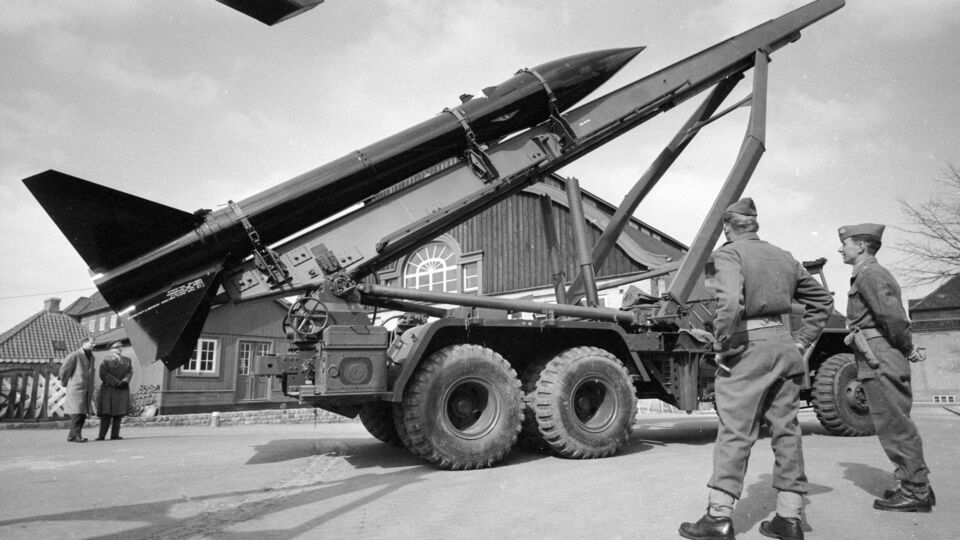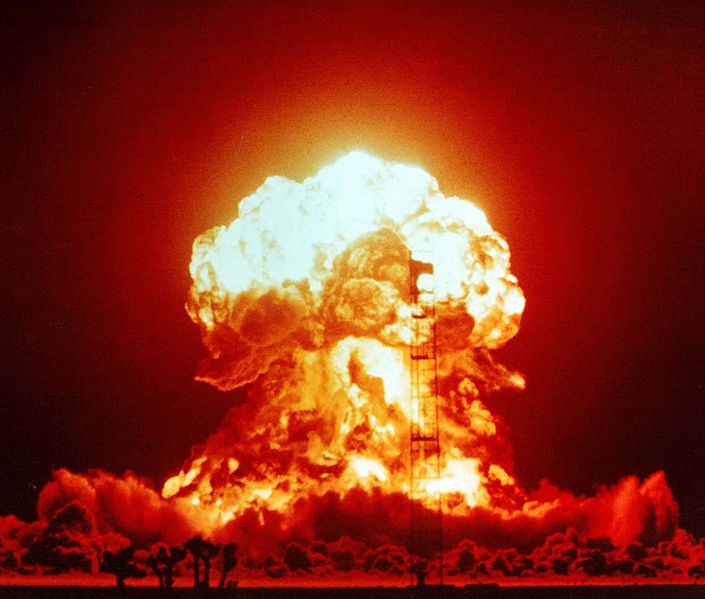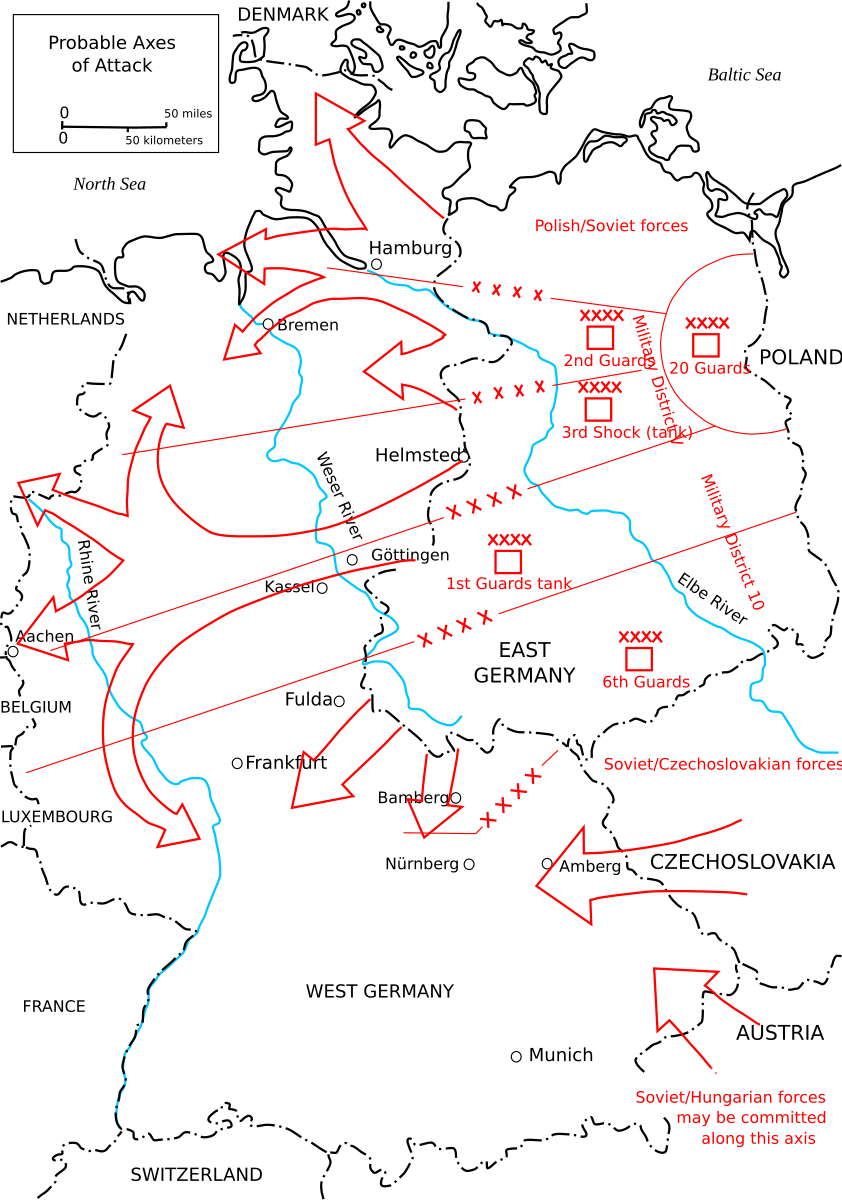Sometimes it has been discussed what the Danes could have done on April 9. A map gives an idea of the options seen from a German perspective, several of the officers that later joined the German war effort were sad there was so little resistance.

One thing is to be run over, but joining an effort is another. After writing the last post I decided to use more of the information in the map I used and not only include Demyansk, Velikiye Luki, Lomonosov, Narva, and Kurzerne. The map is not complete but it still gives and idea of the situation and having discovered that there has been a tendency in some European countries to bury unpleasant history, even make a show of being very offended creating a diplomatic row for no good reason when some highly placed and well informed outsider holds up a mirror. The places on screen shots of the maps below are presented by section:
Western Ukraine 1941

The invasion began on June 22 1941 and after about a week they were inside Western Ukraine in the part that had previously been considered Poland:

To the left on the map of Ukraine there was L'viv:

Southern Russia - Caucasus


In the lower left Bad Tölz 1941

One thing is to be run over, but joining an effort is another. After writing the last post I decided to use more of the information in the map I used and not only include Demyansk, Velikiye Luki, Lomonosov, Narva, and Kurzerne. The map is not complete but it still gives and idea of the situation and having discovered that there has been a tendency in some European countries to bury unpleasant history, even make a show of being very offended creating a diplomatic row for no good reason when some highly placed and well informed outsider holds up a mirror. The places on screen shots of the maps below are presented by section:
Western Ukraine 1941
The invasion began on June 22 1941 and after about a week they were inside Western Ukraine in the part that had previously been considered Poland:
To the left on the map of Ukraine there was L'viv:
Zolotjev due east of L'vivL'viv
In German: Lemberg
The 1. July 1941 Division Wiking moved into the Western capital of L'viv (then Lemberg) and started a pogrom which cost the lives of thousands of Jews.
Instigated by the German security police, Ukrainian nationalists and Wikings SS volunteers committed a series of massacres described in Nazi propaganda as ”retaliation”.
A Norwegian volunteer told us many years later that he helped to slaughter Jews with bayonet.
Other volunteers from the Danish-Norwegian Regiment Nordland has, on various occasions, betrayed detailed knowledge of the massacres, but without implicating themselves.
Zboriv southeast of ZolotjevZolotjiv
In German: Zloczow
Da Division Wiking on the 2nd. and 3. July passed through the city Zolotjiv, continued the brutal crackdown: ”the SS plunder, together with civilian bandits, drives people out of their homes and have treated a significant number of people” reported a shocked German army officer.
Prisoners of war and civilians were shot with impunity, women were raped, and members of Division Wiking were hunting Jews in the streets.
Tjernopil' southeast of ZborivZboriv
In German: Zborow
The 4th. July marched the Waffen-SS through Zolotjivs neighbor Zboriv and liquidated 600 jews.
Ukrainian nationalists took the lead, side by side with SS volunteers from Wiking, where most Danish Eastern Front volunteers at that time served.
Only in Zolotjiv did 3,000 Jews lose their lives.
Mikulintsi south of TjernopilTernopil'
In German: Tarnapol
The 5th. in July, some 600 Jews in Ternopil were shot and killed with the complicity of Regiment Nordland..
Southern Russia 1941-1942Mikulintsi
In German: Mikulince
The 5th. juli took part in Division Wiking in hard fights at the town of Mikulintsi.
After the battle, the SS troops selected 200 Soviet prisoners of war who didn't look” Germanic " and shot them on sight.
Then another pogrom began: the Jews were mocked, beaten and mistreated before they were killed. Norwegian volunteers certainly participated in the atrocities, probably ALSO Danish.
Southern Russia - Caucasus
Babrujsk in Belarus in 1942-1943Rostov-na-Donu
In German: Rostov
In theUkrainianRUSSIAN city, SS Division Wiking, with Danish volunteers, participated in mass killings of civilians in 1941-42 .
Maj-cop
In German: Maikop
During the 1942 German summer offensive, SS Division Wiking conquered with a larger number of Danish voluntary oil town of Majkop. The Danes were part of the German forces that reached the farthest reaches the Caucasus.
Central Europe 1941-1945Babrujsk
In German: Bobruisk
In 1942, the Corps Denmark the training of new recruits moved from the barracks in Germany and occupied Poland to the ”Waldlager” in Bobruisk, a city in Belarus, of the size and importance of the Aarhus.
"Waldlager" was one of three major central military bases held by the German SS and police forces in the occupied Soviet territories.
When, at the time of annual changes of 1941/1942, the SS needed Jewish slave workers to expand the "Waldlager" base, they were picked up in Poland in the Warsaw Ghetto. At least 1,500 Jewish men and boys arrived at The New ”Jew camp” in Bobruisk.
Danish soldiers in 1942-43 helped run the slave labour camp for Jews, where only 91 out of more than 1500 prisoners survived. In the camp, weak prisoners were regularly elected and shot, and the Watchmen exposed the prisoners to extreme abuse and sadistic torture.
In the lower left Bad Tölz 1941
In the upper left Hamburg-Langenhorn 1942Bad Tölz
From May 1941 a larger number of Danish volunteers were trained as officers or junior officers of the Waffen-SS at the SS-Junkerschule Bad Tölz.
South of Hamburg KZ-camp LaagbergHamburg-Langenhorn
Hamburg-Langenhorn
Barracks. Up to 1942, Frycorps Denmark trained soldiers here. Since 1942, training took place in Bobruisk.
Lower right Croatia 1943Fallersleben
Today Wolfsburg
KZ-camp Laagberg
The camp delivered slave labour to Volkswagenwerk in Fallersleben (today Wolfsburg).
The SS man Anton Peter Callesen was after the war sentenced to death in the three courts to have committed a number of cases of serious ill-treatment and killings in the CONCENTRATION camp Laagberg, where he was second in command.
The case ended with Callesen being pardoned to life imprisonment and released in 1960 as the last Danish genocide criminal.
At least 99 Danish SS volunteers served in concentration camps in Germany. Five of these were convicted after the war for crimes against humanity, two of them before British courts.
Upper middle Berlin 1945Zagreb
In German: Agram
To the south of the Croatian capital attended the SS Divison Nordland with the Regiment in Denmark in the autumn of 1943, in the vain German attempts to defeat the strong partisan movement.
Upper right near Owinska north of PoznanBerlin
in december 1943, a large part of the Danish SS-volunteers migrated to the northern eastern front and took part in the German retreat through the Baltic states and East germany to Berlin.
Here, Scandinavian SS volunteers were among the most fanatical defenders of the government quarter and Hitler's ”driver's bunker” in the final days of the Third Reich.
Southern Denmark north of Hamburg 1945-1947Owinska
In German: Treskau
Denmark's Eastern Front volunteers received early insight into the euthanasia programme, i.e. the killing of hereditary and disabled Germans carried out in 1940-45.
In letters home they said, that the barracks in Treskau (today Owinska, Poland), where a part of the Free Corps Denmark training took place, had previously been in the mental hospital, and that one had shot the sick to make room for the soldiers.
The people who come back from fighting in Syria etc will probably get even better conditions than given in to the East Front Volunteers or should we say East Front Soldiers.Føslev (Fårhus Camp))
East Front Volunteers (Danes and members of the German minority in south Jutland), which during the post-war was doomed for the German military service, serving most of their sentences in Fårhuslejren at Padborg.
















